Introduction
Cooking a whole chicken can be a delightful culinary experience, offering a juicy, flavorful, and nutritious meal for the entire family. Among various cooking methods, steaming stands out as a healthy and straightforward technique that preserves the natural juices and flavors of the chicken. However, achieving the perfect doneness when steaming a whole chicken requires attention to detail, particularly in terms of cooking time. This article delves into the intricacies of steaming a whole chicken, exploring factors that influence cooking time, techniques for ensuring even cooking, and tips for verifying doneness. By the end, you’ll be equipped with the knowledge to steam a whole chicken to perfection.
Understanding the Basics of Steaming
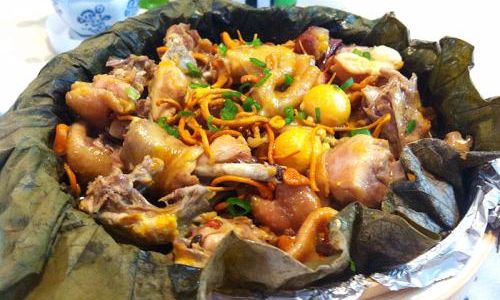
Steaming is a cooking method that involves using the heat from boiling water to cook food placed above it, separated by a steaming rack or basket. The steam created by boiling water is an efficient heat transfer medium, capable of cooking food evenly and gently. This method is particularly suited for delicate foods like fish, vegetables, and poultry, as it preserves their moisture, texture, and nutrients.
When steaming a whole chicken, the goal is to cook the chicken through to a safe internal temperature while maintaining its juicy, tender texture. The cooking time varies depending on the size of the chicken, starting temperature of the water, and the efficiency of the steaming setup.
Factors Influencing Cooking Time
-
Size of the Chicken
The most significant factor determining steaming time is the size of the chicken. Generally, the larger the chicken, the longer it will take to cook. A smaller, younger chicken will cook faster than a larger, older bird. As a rough guideline, a 3- to 4-pound chicken may take around 45 minutes to an hour, while a 5- to 6-pound chicken could require up to 1.5 to 2 hours. -
Starting Temperature of the Water
The temperature of the water when you begin steaming also affects the cooking time. Starting with boiling water creates an immediate and intense steam environment, speeding up the cooking process. If you start with cold water and let it come to a boil with the chicken already on the rack, it will add extra time to the overall cooking duration. -
Steaming Equipment
The type and quality of your steaming equipment can impact cooking time. A tightly sealed steamer ensures that no steam escapes, maintaining a consistent cooking environment. Conversely, a leaky steamer will lose steam, reducing its efficiency and necessitating longer cooking times. -
Altitude
Altitude can affect boiling point and steam pressure, thereby influencing cooking times. At higher altitudes, water boils at a lower temperature, which can slow down the steaming process. Adjustments in cooking time may be necessary depending on your location. -
Chicken Shape and Density
The shape and density of the chicken’s flesh can vary, affecting how heat penetrates and cooks the meat. Birds with thicker breasts or more compact bodies may require additional time to cook evenly.
Preparing the Chicken for Steaming
Before you begin steaming, there are a few essential steps to ensure your chicken cooks evenly and tastes delicious:
-
Thawing and Cleaning
If your chicken is frozen, thaw it completely in the refrigerator before steaming. Once thawed, rinse the chicken thoroughly under cold running water to remove any impurities and pat it dry with paper towels. -
Trimming Excess Fat
Trim any excess fat from the chicken, particularly around the cavity and neck area. This helps prevent the chicken from becoming greasy and ensures more even cooking. -
Seasoning
Season the chicken inside and out with your preferred herbs, spices, and aromatics. Common choices include salt, pepper, garlic, lemon, and fresh herbs like rosemary or thyme. For a more complex flavor profile, consider a marinade or brine. -
Trussing
Trussing the chicken involves tying the legs together and tucking the wingtips under the body. This helps the chicken cook more evenly by keeping its shape intact and preventing the wings and legs from overcooking.
Steaming Techniques
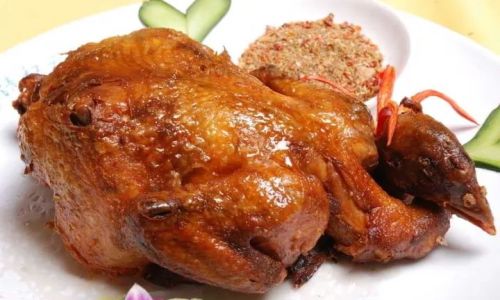
Now that your chicken is prepared, it’s time to set up for steaming:
-
Boiling the Water
Fill a large pot with enough water to reach just below the steaming rack or basket. Bring the water to a rolling boil over high heat. -
Placing the Chicken
Carefully lower the seasoned and trussed chicken onto the steaming rack or basket. Ensure that the chicken is not touching the boiling water directly. -
Covering and Steaming
Cover the pot with a tight-fitting lid to trap the steam inside. Adjust the heat to maintain a steady, vigorous steam without letting the water boil over or dry out. -
Checking for Doneness
Steaming times are approximate and can vary based on the factors discussed earlier. To check for doneness, use a meat thermometer to measure the internal temperature of the chicken at the thickest part of the breast, the innermost part of the wing, and the thigh. The internal temperature should reach 165°F (74°C) or higher. Additionally, the juices should run clear, and the flesh should be firm to the touch but still juicy.
Tips for Perfectly Steamed Chicken
-
Use a Meat Thermometer
Relying solely on visual cues or cooking times can lead to overcooked or undercooked chicken. A meat thermometer is the most reliable way to ensure your chicken reaches a safe and optimal internal temperature. -
Resting the Chicken
Once the chicken reaches the desired internal temperature, remove it from the steamer and let it rest for about 10-15 minutes. This allows the juices to redistribute, ensuring a moist and flavorful final texture. -
Avoid Overcrowding
Ensure there’s enough space around the chicken for steam to circulate freely. Overcrowding can hinder even cooking and extend the steaming time. -
Monitor Water Level
Keep an eye on the water level in the pot. If it drops too low, replenish it with boiling water to maintain a consistent steam environment. Avoid adding cold water, as this will reduce the temperature of the steam and slow down cooking. -
Experiment with Flavors
Steaming is a versatile cooking method that allows for a wide range of flavor combinations. Experiment with different herbs, spices, and marinades to find your favorite combinations.
Conclusion
Steaming a whole chicken is a rewarding culinary endeavor that yields a moist, flavorful, and nutritious meal. Achieving perfect doneness requires attention to detail, particularly in terms of cooking time, which is influenced by factors such as chicken size, starting water temperature, steaming equipment, altitude, and chicken shape. By following the guidelines outlined in this article, including proper preparation, using a meat thermometer, and allowing the chicken to rest, you can steam a whole chicken to perfection. With practice and experimentation, you’ll develop your own techniques for creating delicious, moist, and tender steamed chickens that your family and friends will love.
Remember, cooking is an art that thrives on creativity and personal touch. Don’t be afraid to adapt these guidelines to your specific needs and preferences. Happy steaming!
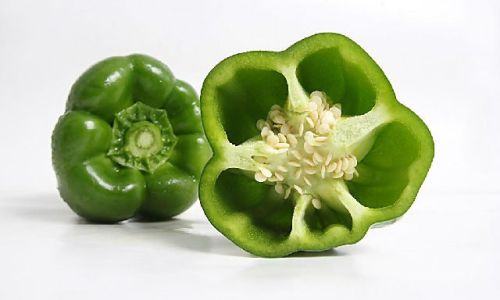
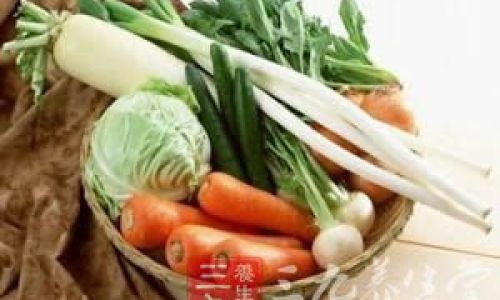
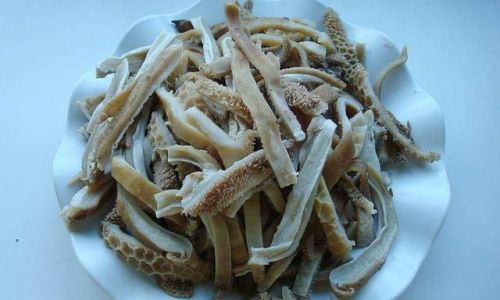
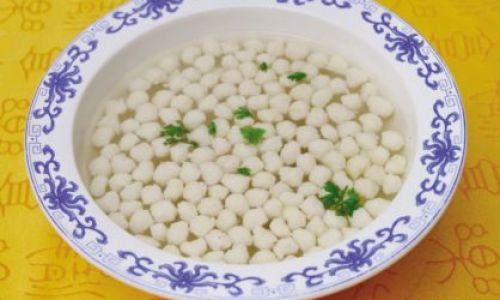
0 comments